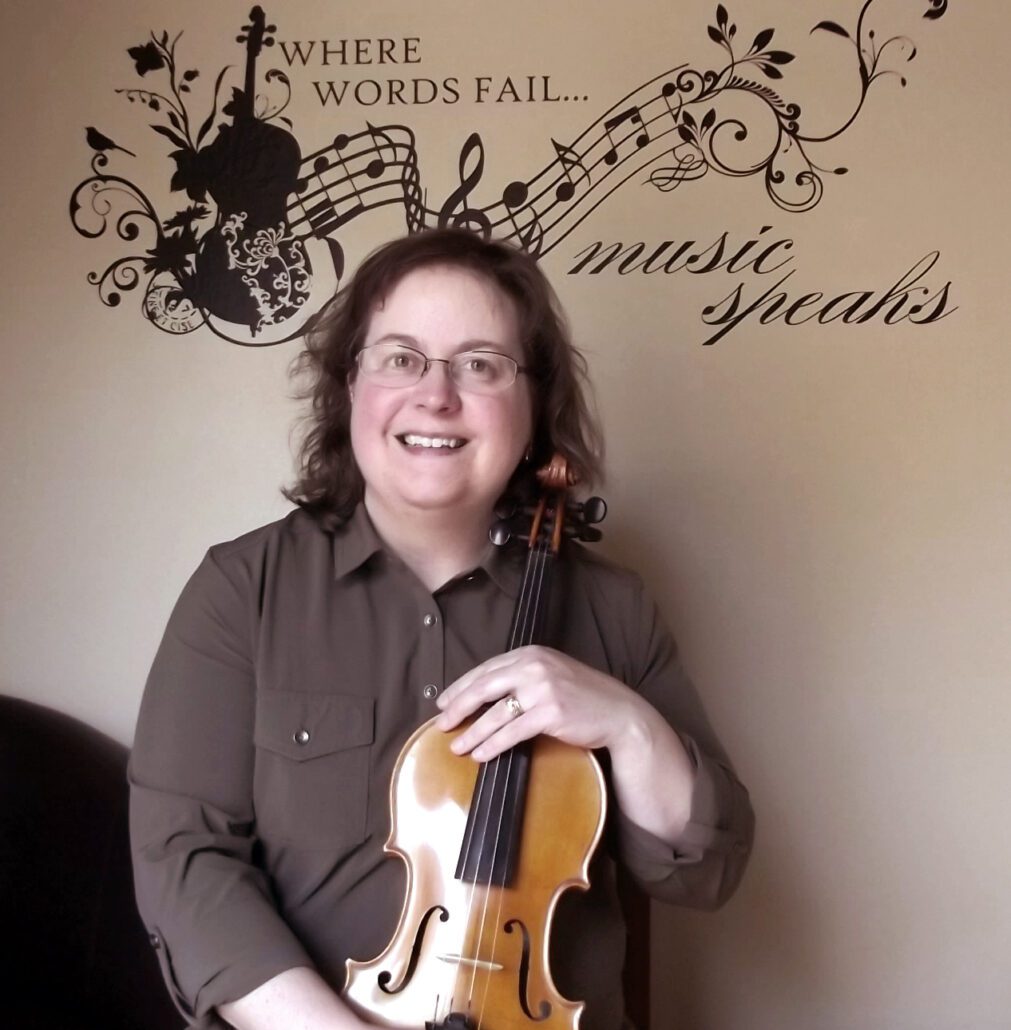
In the previous issue of Clarion, I invited discussion on the topic of teaching “Piano AND” another instrument in the vocal and instrumental families. A big “thank you!” to a couple of readers who responded with their thoughts!
A piano+flute teacher responded that the demand in her area is 90% for piano teaching. However, she says: “My teaching approach is very much affected by multiple instrument experience. I love sound, and we happen to work on it from varied instruments. I have pulled out a cello in the past to help piano students understand how they are producing sound on a string in the left-hand of Clementi. I will sometimes play the melodic line on my flute with my piano students to help them hear where the sound is supposed to lead. And I work more with my piano students on technique and sound production because of my training in both on the flute. I also use drumming to help with rhythm – a very strong influence from being a Kindermusik teacher.” On the topic of creating a socially-cohesive studio: “I don’t see [the different groups] as separate, therefore my students have a unified studio view from me. While flute and piano earn different awards, both are on the same sticker chart. Both instruments performed in our chapter honors recital when we were hosting MAP and that seemed to help.” This teacher holds separate studio recitals for her different-instrument groups due to preparation issues.
A piano+violin teacher says: “I’m the only violin teacher in my rural area, but there is more demand for piano lessons. My studio is 1/4 violin and 3/4 piano. (I actually really dislike the whole primary/secondary boxes we are forced to check. I really feel like I teach both equally, but I list piano first because I started with it first.) I got started going to a Suzuki teacher-training for piano. After a few years, I started having students ask me for violin lessons, so I started applying what I had learned from piano over to violin. In our local chapter, all of us teach piano, but one other teacher teaches flute and I teach violin. We include all the instruments in our ribbon festival and ensemble recital (our two big events).”
In my own studio, I give violin and viola students registration preference over piano students, partly because there are so few strings teachers in my area compared with piano teachers, and also because I only teach piano up to an intermediate level before I offer a transfer to an advanced teacher. Most of my piano students are siblings of violin students, or students of one instrument who want to learn or transition to the other. I include keyboard-orientation and chord-theory instruction on the piano for my strings students. All students work towards completing the same list of musicianship goals during the year, with some differing activity options for strings vs. piano. I blend all the students into group recitals, so they get to hear others who are at different phases of learning the contrasting instruments. I feel this has helped develop a nice community within my studio.
If you missed responding to my January article and would like to contribute to this discussion, please drop me a line! You can also download and use my Keyboard & Chords worksheet for violin students. Let me know how it works for you!
Jane Melin, NCTM
WSMTA Vocal/Instrumental Chair
[email protected]